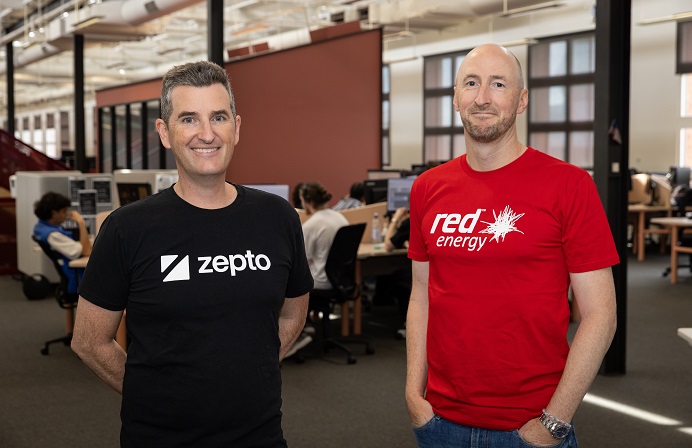
Despite the cacophony coming from the wearable technology hype in consumer markets, these devices will not have a substantial impact on financial services in Australia and New Zealand over the coming 12 months. The region simply does not have enough consumer adoption nor enterprise strategies developed, which is supported by the fact that only one per cent of firms told Tech Research Asia (TRA) that they already have a wearables strategy in place today.
But longer term we expect this market to be influenced by wearables – in fact, I would argue that financial services will feel the influence of wearable technology adoption, whether they proactively pursue wearables or not. There is far too much supply-side push and money being invested for wearables to be a fad.
More importantly, there are many great opportunities to use wearables to develop new customer and employee experiences and to streamline operations. If financial services organisations do not take these opportunities, someone else will.
Tech Research Asia’s Wearables @ Work research shows that there are many things that need to be worked out before wearables are a mainstay technology, especially for financial services organisations. Of course there are the well-known privacy, design, and UI/UX issues that plague many types of wearables – especially smartwatches and glasses.
In addition to this, of more than 320 wearables suppliers that TRA canvassed in June and July this year – including 50+ smartwatches, 50+ wristbands, 30+ glasses/goggles/display providers, 20+ smart jewellery manufacturers – 64 per cent of are targeting consumers.
Notably, 55 per cent are still in prototype phase and one in five does not provide any indication of how they handle the data captured by their device or where it is stored. That is an unacceptable level of risk.
Yet, these issues will be worked out over time and it is very likely the opportunities wearables present will outweigh the negatives.
Indeed, there are already some steps being taken within the broader financial services industry across the globe that show the current thinking. MasterCard and the Royal Bank of Canada are looking at how they might use Nymi, and CaixaBank are working with Gemalto for a similar wearables payment solution.
Wearables offer opportunities across industries and this is not limited to well-known devices such as activity trackers, smart watches or Google Glass. In our view, if your IT teams and business leaders have not evaluated wearables already then they need to start today. Consider, for example, how wearables could add more value in the following areas:
• Creating an entirely new customer experience
• Enhancing the current customer experience
• Creating an OTT business
• Capturing insights and conducting research (e.g. for any future of work programs).
• Proactively dealing with the BYO redux
• Augment and modernise operations.
• Enhance talent welfare and performance.
• Improve safety levels.
• Track time sheets and schedules.
• Personalise authentication and payments.
We expect Australian financial services organisations to lead the way with the establishment of wearables strategies, as they have with many other technology-led initiatives in recent years. But they will not be the only early adopters – approximately one in three Australian organisations say they will have a strategy formed within 12 to 18 months. This is a good sign for wearables @ work and a cue for business and IT leaders to consider their own strategy.
Download a copy of TRA’s Wearables @ Work: A guide for business and IT leaders.
Trevor Clarke is a partner and lead analyst at Tech Research Asia. You can reach him at trevor@techresearch.asia or follow him on Twitter at @trevclarke.





